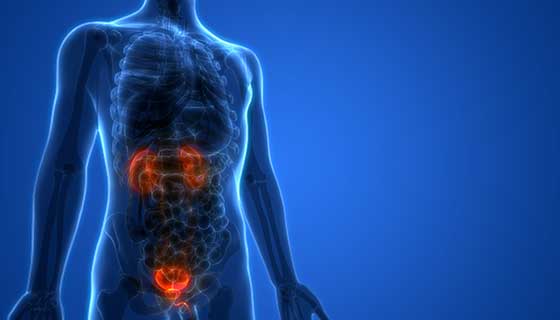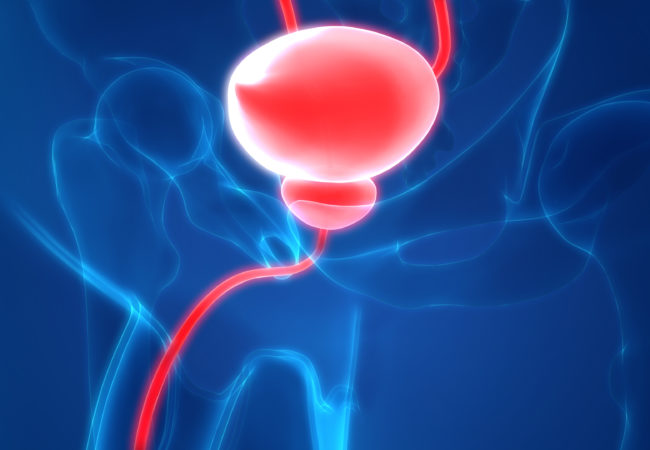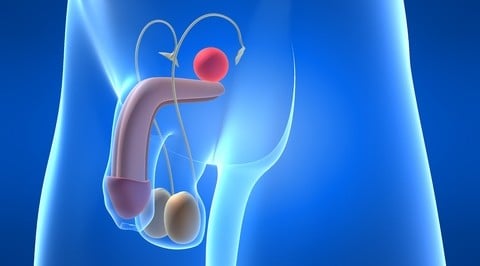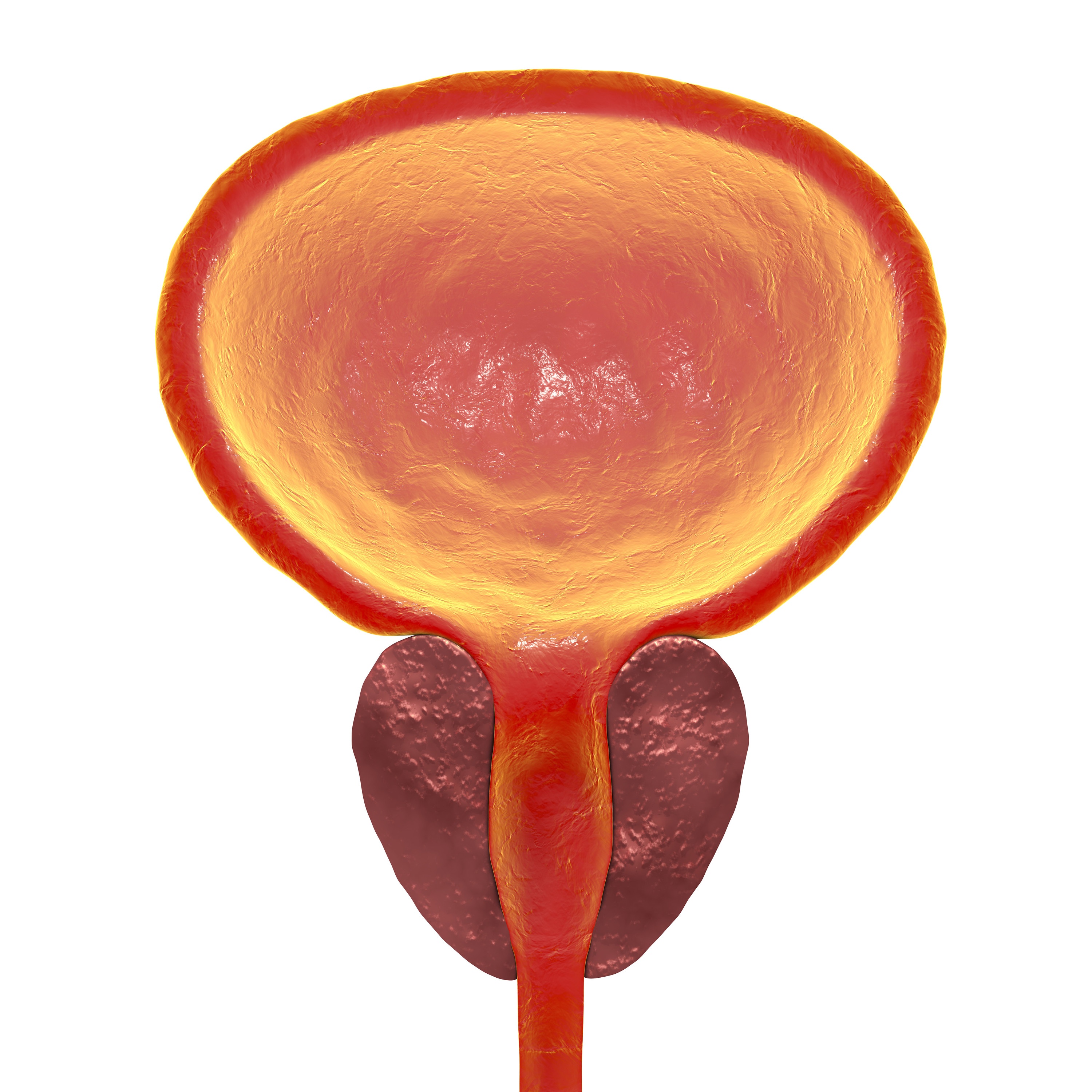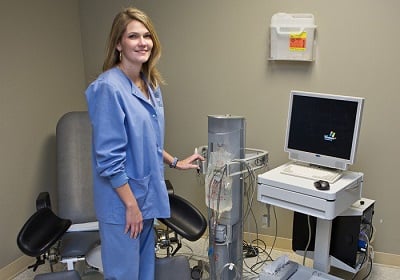When it comes to conditions of the lower urinary tract, there are key differences to consider in order to determine which form of testing is the most appropriate. While there are striking similarities between methods that can potentially create confusion upon first glance, a practitioner knows which test is most appropriate for the corresponding symptoms.
One area that has the potential to create this confusion is determining the difference between the need for the broader Urodynamics testing panel or the Cystometrogram. While these two procedures involve many of the same elements, they are in fact different.
This post will provide a detailed comparison of the two methods and describe how they are similar, but also different. First, a brief explanation of the two methods before we compare:
Read More
Topics:
Urodynamics Testing,
BHN,
outsourcing diagnostics,
urodynamics,
incontinence,
urodynamics service provider,
male urodynamics,
stress incontinence,
Uroflow,
Uroflowmetry,
UroGynecology,
Cystometrogram
Urinary incontinence can provide health care professionals with a challenge that may seem like it requires surgery when there are in fact a range of nonsurgical and even non-pharmacological options that can be employed first. To experienced urologists, this will be apparent, however other healthcare professionals who do not have a full working knowledge of urodynamic testing along with urinary incontinence treatment options may choose surgery or medication when there are many steps that can be taken and explored before resorting to more invasive options.
An Overview of Urinary Incontinence
Read More
Topics:
Urodynamics Testing,
urodynamics,
urinariy incontinence,
incontinence,
clinical operations,
urology,
urodynamics service provider,
male urodynamics,
UroGynecology
For any USA-based medical practice, there is a wide range of benefits that comes with outsourcing. As the healthcare industry becomes more competitive, outsourcing non-core services can help practices improve patient experiences and outcomes while also helping to create additional revenue without the need for training their own staff or investing in expensive equipment and facilities, all of which is handled by the specialized healthcare professional who is outsourced to.
Read More
Topics:
Urodynamics Testing,
BHN,
Reimbursement,
outsourcing diagnostics,
Reimbursments,
urodynamics equipment,
urodynamics staffing,
clinical operations,
urology,
urodynamics interpretation,
urodynamics service provider,
male urodynamics,
urodynamics billing,
ObGyn Practices,
UroGynecology
When it comes to diagnosing patients right the first time, urologists, obstetricians, gynecologists, and healthcare professionals who want to improve the services they offer to patients all need to have access to the right testing options for diagnosing specific issues. The same is true when it comes to monitoring the health of the lower urinary system, with urodynamics being the only testing option specifically designed to monitor patient urinary health.
What Is Urodynamics?
Urodynamics refers specifically to the study of how the bladder, urethra, and associated sphincters in the body do their job of storing and releasing urine. Urodynamic testing therefore refers to the set of tests that provide healthcare professionals with valuable information on the health and function of a patient’s urinary system.
Read More
Topics:
Urodynamics Testing,
Reimbursement,
outsourcing diagnostics,
urodynamics,
urodynamics equipment,
urodynamics staffing,
clinical operations,
video urodynamics,
urodynamics interpretation,
urodynamics service provider,
post-void residual,
male urodynamics,
Pediatric Urodynamics,
Uroflowmetry,
urodynamics catheters,
UroGynecology
Recently, a large-scale study of men referred to urologists in England for difficulty urinating has published results (Lewis Eur Urol 2019). This trial, called UPSTREAM, recruited over 800 men for two dozen locations across England. In addition to the usual history, physical and baseline evaluation for the voiding issues, some men were randomized to undergoing a urodynamics test (UDS) and the authors have recently reported some of their data.
Read More
Topics:
Urodynamics Testing,
male urodynamics,
Male Diagnostics
After radical prostatectomy (RP), nearly 5-10% of men may experience substantial issues with urine control. Immediately after surgery many men have issues, especially with stress leakage; however, most will regain an acceptable level of continence within 6-12 months of surgery. For this smaller group of men with persistent incontinence, however, urine control can be a substantial issue and some require additional intervention to restore continence. Urodynamics can be a helpful adjunct in this population.
Read More
Topics:
Urodynamics Testing,
urodynamics,
male urodynamics,
Post-Operative Urodynamics
Prior to performing a TURP, there are several key tests that most urologists employ.
Aside from a history, exam, IPSS score, PSA and urinalysis, most will assess residual urine volume, perform a cystoscopy and measure the prostate – either with a formal TRUS, or based on a CT, MRI or abdominal ultrasound. Urodynamic testing (UDS) is used to varying degrees before a TURP by urologists. On one end of the spectrum there are purists who will only offer a TURP to someone with UDS-proven obstruction;
Read More
Topics:
male urodynamics,
Male Diagnostics,
Urology Practice Trends
In the following article we focus on this study and discuss the effects of the uroselective α1-blocker tamsulosin on urodynamic parameters in male patients with type I primary bladder neck obstruction. Moving forward, an obstruction with high voiding pressure accompanied by poor flow and narrowing at the neck of the bladder with concomitant silent external sphincter on electromyography forms the basis for primary bladder neck obstruction. Alpha blockers, which are used in the treatment of primary bladder neck obstructions do not have evidence for objective urodynamic efficacy.
Let’s delve into the topic. Available treatment options for bladder neck obstruction are observation of the patient with follow-up, clean intermittent catheterization or bladder neck incision, alpha blockers. Studies conducted to assess the efficacy of the pharmacological approach are nonrandomized and small.
Read More
Topics:
male urodynamics,
Male Diagnostics
Disorders that affect the lower urinary tract are commonly diagnosed via a urodynamic stidu. If the disorder is not properly diagnosed, treatment is likely to fail. Here, a research study will be reviewed in which the value of urodynamic testing for diagnosing the causes of lower urinary symptoms in male patients was examined.
Read More
Topics:
urodynamics,
male urodynamics


